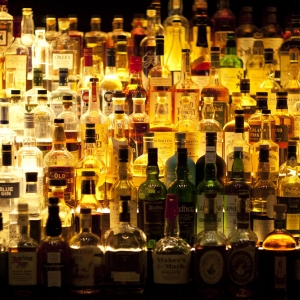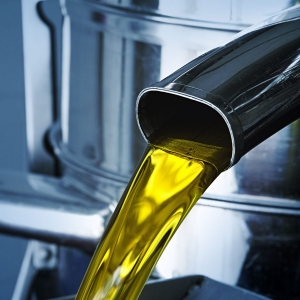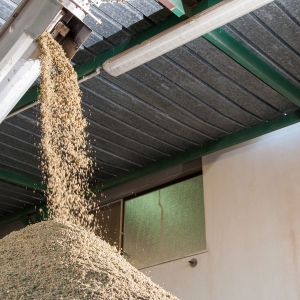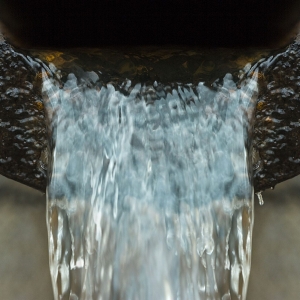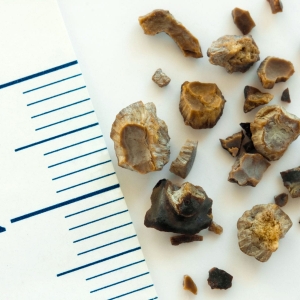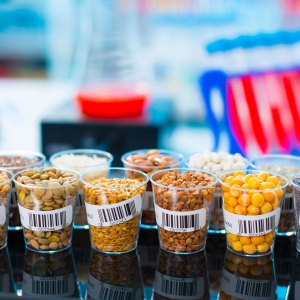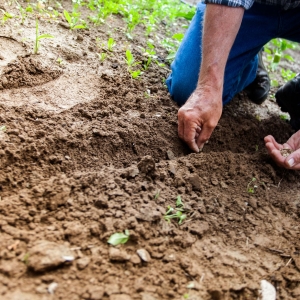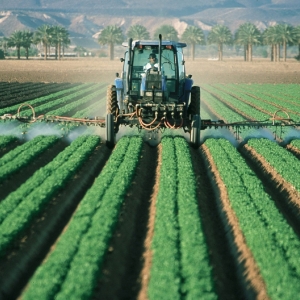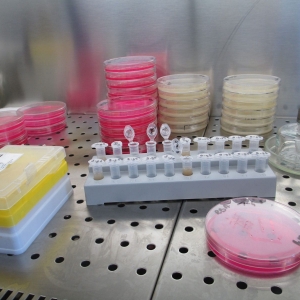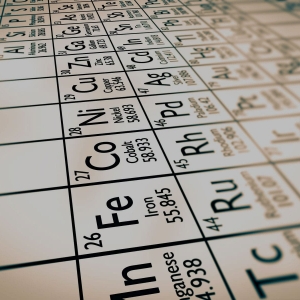Must - Wine
We conduct analysis and tests on grapes, musts, and wines with a final aim to control, optimize and certify products from vineyard to bottling.
Routine analyses include:
- Specific gravity – density, sugars in oBe degrees
- Degrees of alcohol (alcohol content per volume)
- Total and volatile acidity
- Free and total sulfite content
- Yeast Assimilable Nitrogen
- pH (active acidity)
- Total and reducing sugars
- Malic and lactic acid
- Indicators of flavor, color, and aging
- Estimation of phenolic profile (tannins, anthocyanins, etc.) and antioxidant capacity of wines
- Grape ripening concerning the contained juice and the concentration of anthocyanins, tannins, and phenolic components
- Heavy metals (i.e., Cu, Fe, Pb, Cd, As, etc.)
- Microbiological tests
- Toxins (aflatoxins Β1, Β2, G1, G2 and ochratoxin Α)
- Pesticide residues
Routine tests include:
- Clarification – Sizing (haze removal)
- Haze prediction (copper-like, proteinaceous, brown, blue or white haze, crystalline aggregates)
- Detection of wine’s microbial lesions: aerobic (i.e., flowering, acidification) and anaerobic (i.e., bitterness, oiliness, ropiness, mannite fermentation)
- Detection of enzymatic lesions
- Sensory examination
- Grapes’ ripening, malolactic fermentation, racking, sulfation
- Protein and tartrate stabilization
- Metal removal (i.e., Fe, Cu)
- Monitoring of microbial fermentation
- Molecular detection of wild yeast strains (Candidaglabrata, Candidaalbicans, Candidakefyr, Candidaintermedia, Candidaparapsilosis, Candidasake, Candidatropicalis, Naumovozymadairenensis, Pichiaguilliermondii, Zygosaccharomycesbailii, Zygosaccharomycesrouxii) in grapes and wines


